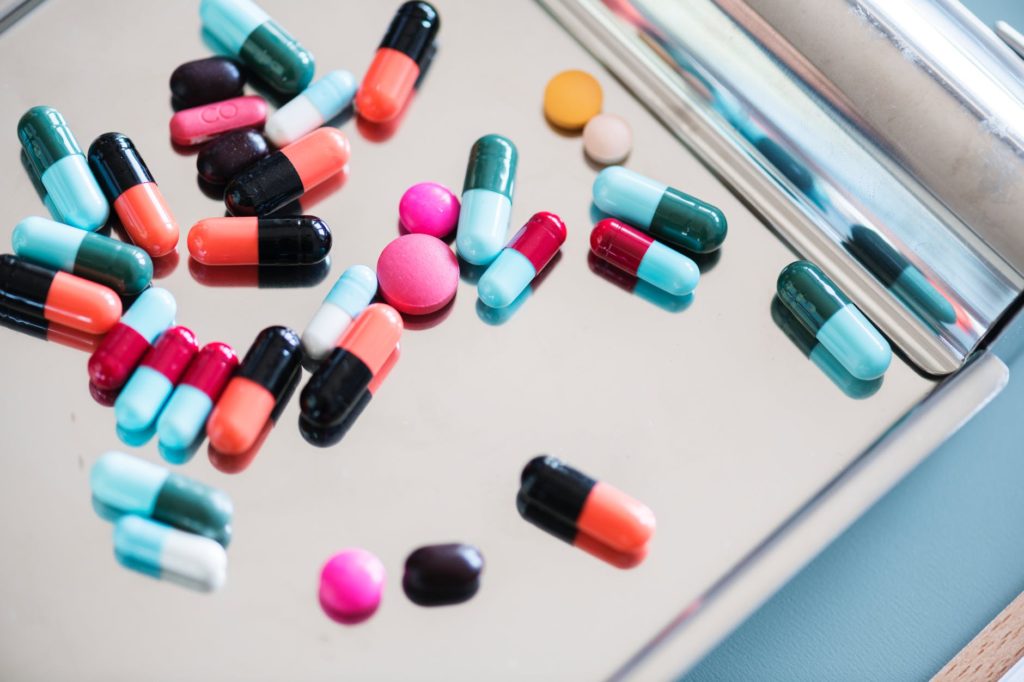A male contraceptive gel has been developed by The University of Edinburgh, and is being trialled by 450 couples for 12 months. The couples will use the gel as their sole form of contraception for the duration of the trial.
Men are unlikely to experience serious negative effects from the gel. One test subject, who has been part of the study since February 2019, but only began using the gel as his sole form of contraception from mid-middle of June, informed BBC news that he has not had any negative side effects while using the gel. He said the only side effect he has experienced is an increase in his sex drive. “I have experienced no change in mood, I’ve got a few small spots on my back but they are already clearing up. I’ve put on maybe one kilogram but that’s probably due to the beer, if I’m quite honest,” he told the BBC.
Women often experience a range of negative side effects from various forms of female birth control, some dangerous, and many women stop using certain birth control methods altogether. Possible side effects of some birth control can include swelling or pain in the legs, nausea, blood clots, and high blood pressure. Continuous use of contraceptives for females can, in some cases, even lead to the development of certain types of cancer.
“Condoms and vasectomies are currently the only form of contraception available to men. Many women experience unacceptable side effects with their contraceptive method and so couples are looking for alternatives,” the researchers said. A new male birth control pill called 11-beta-MNTDC is being worked on by researchers in the US. This pill decreases sperm production, while maintaining usual libido levels.
Such discoveries could see healthy men taking birth control every day.
The University of Edinburgh opened its doors in 1583 and is recognised as one of the world’s leading universities. Saint Mary’s Hospital and Manchester University NHS Foundation Trust are leading the project along side Edinburg. The project is funded by the US Department of Health & Human Services’ National Institutes of Health.
Picture: Pixabay

